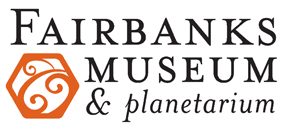Today:
At about 9:15 this evening, the large, waning Gibbous Moon rises in the east, joined 25 minutes later by its solar system cousin Saturn. While they slide across the southern skies, the Persied meteors are approaching their peak, They’re best seen after midnight, great timing to also see Jupiter and Venus keeping close company early tomorrow morning, Venus the much brighter of the two.
Tuesday:
Tonight is the projected peak of the Perseid meteor shower, part of a “double-feature” celestial show. This year’s view of the Perseids won’t be helped by the moon, which was full just three nights ago, and is still 84 percent illuminated. Even so, the brighter meteors will be visible, especially after midnight. The second feature, climbing into the east from 4 to 5 o’clock, Jupiter and the even brighter Venus.
Wednesday:
Although now slightly past its peak, the Perseid Meteor Shower will continue tonight, as the Earth passes through the debris of Comet Swift-Tuttle, with thousands of tiny pieces of dust and rock that burn up in our atmosphere 40 to 70 miles above us. Considerable competition can again be expected from the Moon, this time 81 percent illuminated, once it rises at 9:54 PM.
